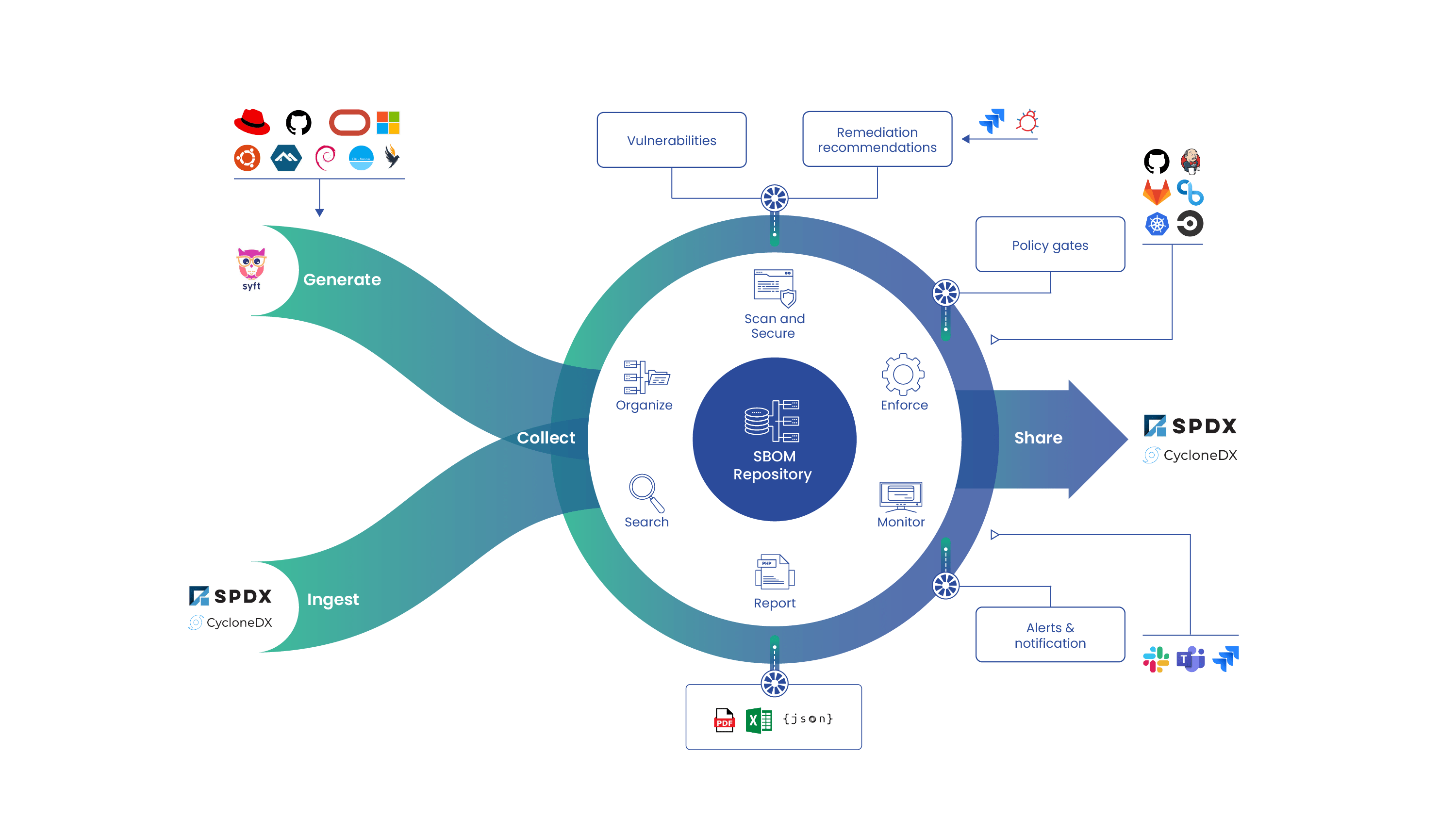As we put away our beach chairs and pool toys, now that Labor Day is past us, it’s time to refresh your DevSecOps best practices if your organization is moving employees back to the office on a part-time basis. While your developers should capitalize on their remote work wins, hybrid work can require different approaches than what has been in place during the past 18+ months.
Here are some DevSecOps practices to consider if your development teams are moving to a hybrid work model:
1. Reinforce Trust and Relationships
The pandemic-forced remote work we’ve all been through has provided invaluable collaboration, empathy, and trust lessons. Your work to continuously improve trust and relationships on your teams doesn’t stop when some team members begin to make their way back to the office.
A challenge to be wary of with hybrid DevSecOps teams is the reality that some team members have face time with managers and executives in the office. Remote employees don’t get this time. A common employee concern is that two (or more) classes of employees develop in your organization.
There can be cultural issues at play here. Then again, work from home (WFH) anxiety and paranoia can be real for some people. Pay close attention and keep your communication between team members open as you venture into remote work. Provide parity for your meetings by allowing onsite and remote participants an equal platform. Another good rule is to communicate calmly and with candor. Such acts will help reinforce trust across your teams.
2. Review your DevOps/DevSecOps Toolchain Security
The move to remote work opened up commercial and public sector enterprises to new attacks as remote work grew endpoints outside the traditional network perimeter. Commercial and public sector organization endpoint security in pre-pandemic times was very much centralized.
Securing the DevSecOps pipeline is an underserved security discussion in some ways. The DevOps and DevSecOps communities spend so much time on discussions about delivery velocity and shifting security left. The actual security of the toolchain, such as the value of identity access management (IAM), zero trust architecture (ZTA), and other security measures. The benefit here is only authorized employees can access your toolchain.
Use the move to hybrid work to review and refresh your toolchain security against “man in the middle” and other attackers lurking for hybrid teams to target.
3. Improve your DevSecOps Tools and Security Reporting
End-to-end traceability gains added importance as more of your executives and stakeholders return to a new state of normalcy. Use your organization’s move to hybrid work to improve security and development tools reporting across your pipelines. There are some reasons for this refresher:
- Deliver additional data to your management and stakeholders about project progress through your pipelines regarding your hybrid work move. Be proactive and work with stakeholders during your hybrid work transition to see if they have additional reporting requirements for their management.
- Update your security reporting to reflect the new hybrid working environment that spans both inside and outside your traditional endpoints and network perimeter.
- Give your team the most accurate picture using data of the current state of software development and security over your projects.
4. Standardize on a Dev Platform
Hybrid work reinforces the need for your developers to work on a standardized platform such as GitLab or GitHub. The platform can serve as a centralized, secure hub for software code and project artifacts accessible to your developers, whether they are working from home or in the office. Each platform also includes reporting tools that can help you further communicate with your management about the progress and security of your projects.
If your developers are already standardized on a platform, use the move to hybrid work to learn and implement new features. For example, GitLab now integrates Grype with GitLab 14 for container security. GitHub includes GitHub Actions which makes it easy to automate CI/CD workflows.
5. Refine your Automation Practices
DevSecOps automation isn’t meant to be a one-and-done process. It requires constant analysis and feedback from your developers. With automation, look for areas to improve, such as change management and other tasks that you need to adapt to hybrid work. Make it a rule if hybrid work changes a workflow for your teams, it’s a new opportunity to automate!
Final thoughts
If you view DevOps and, in turn, DevSecOps as opportunities for continuous improvement, then DevSecOps best practices for hybrid work are another step in your DevSecOps journey. Treat it as the same learning experience as when your organization sent your team home in the early days of COVID-19.




